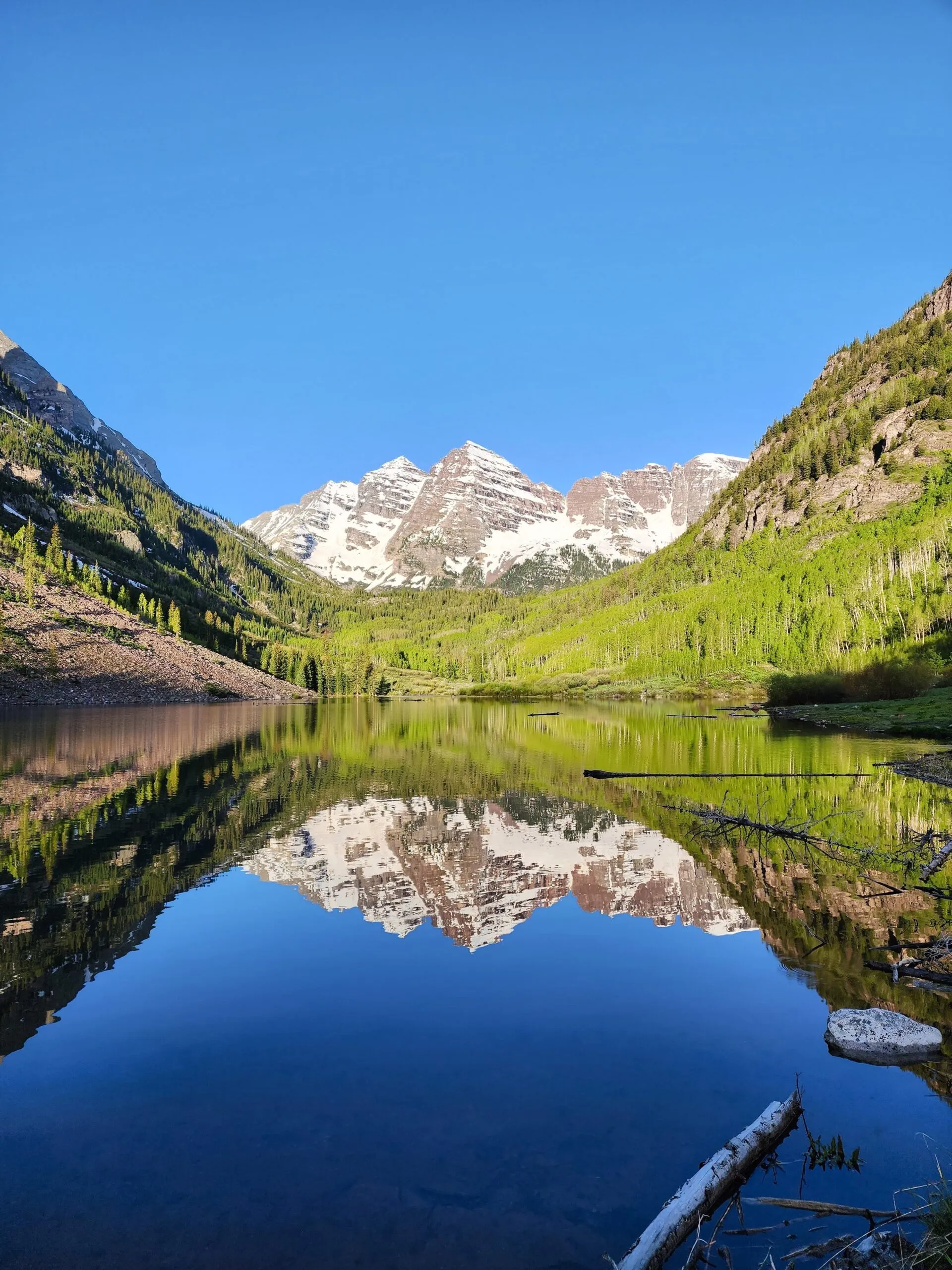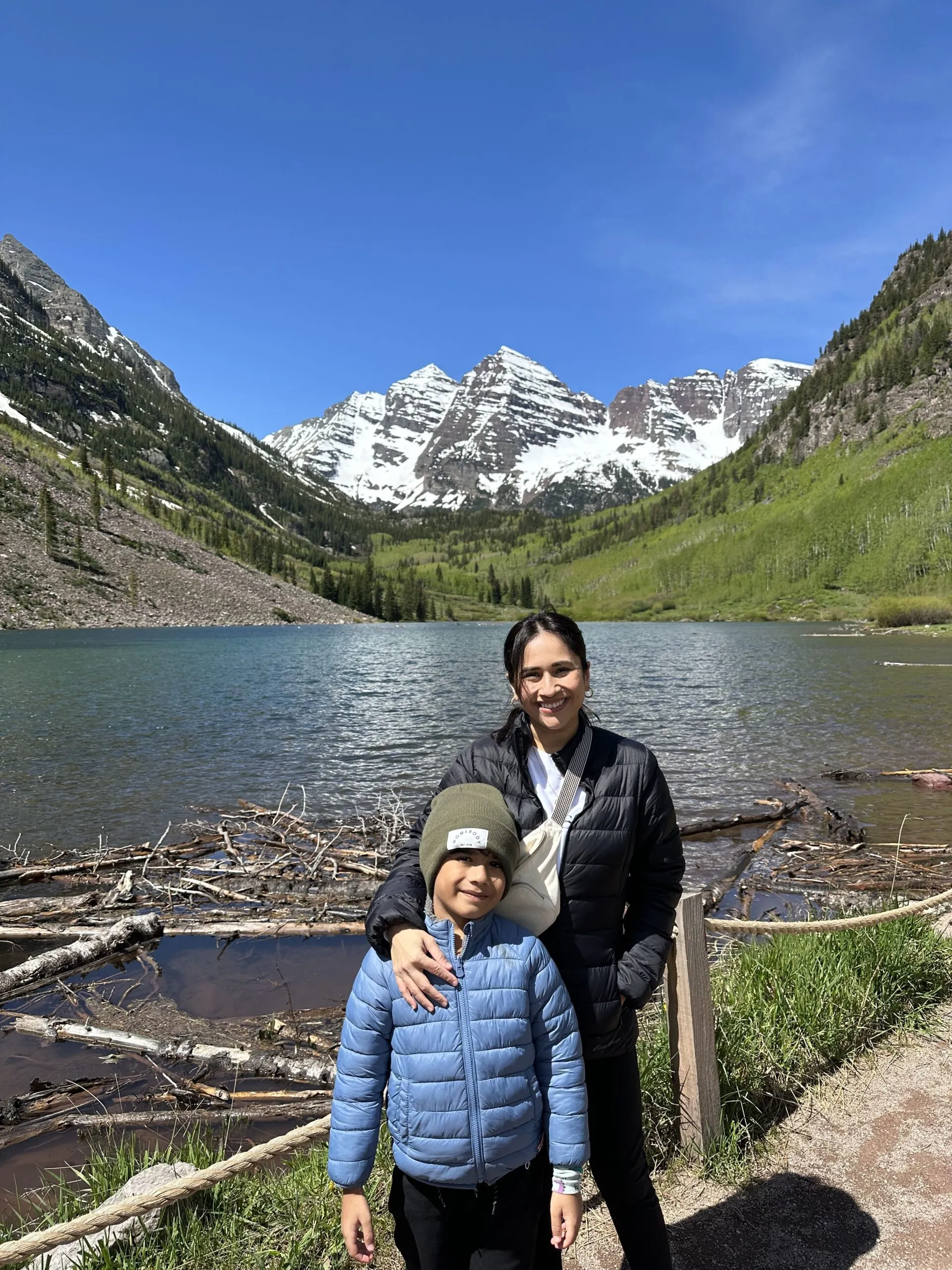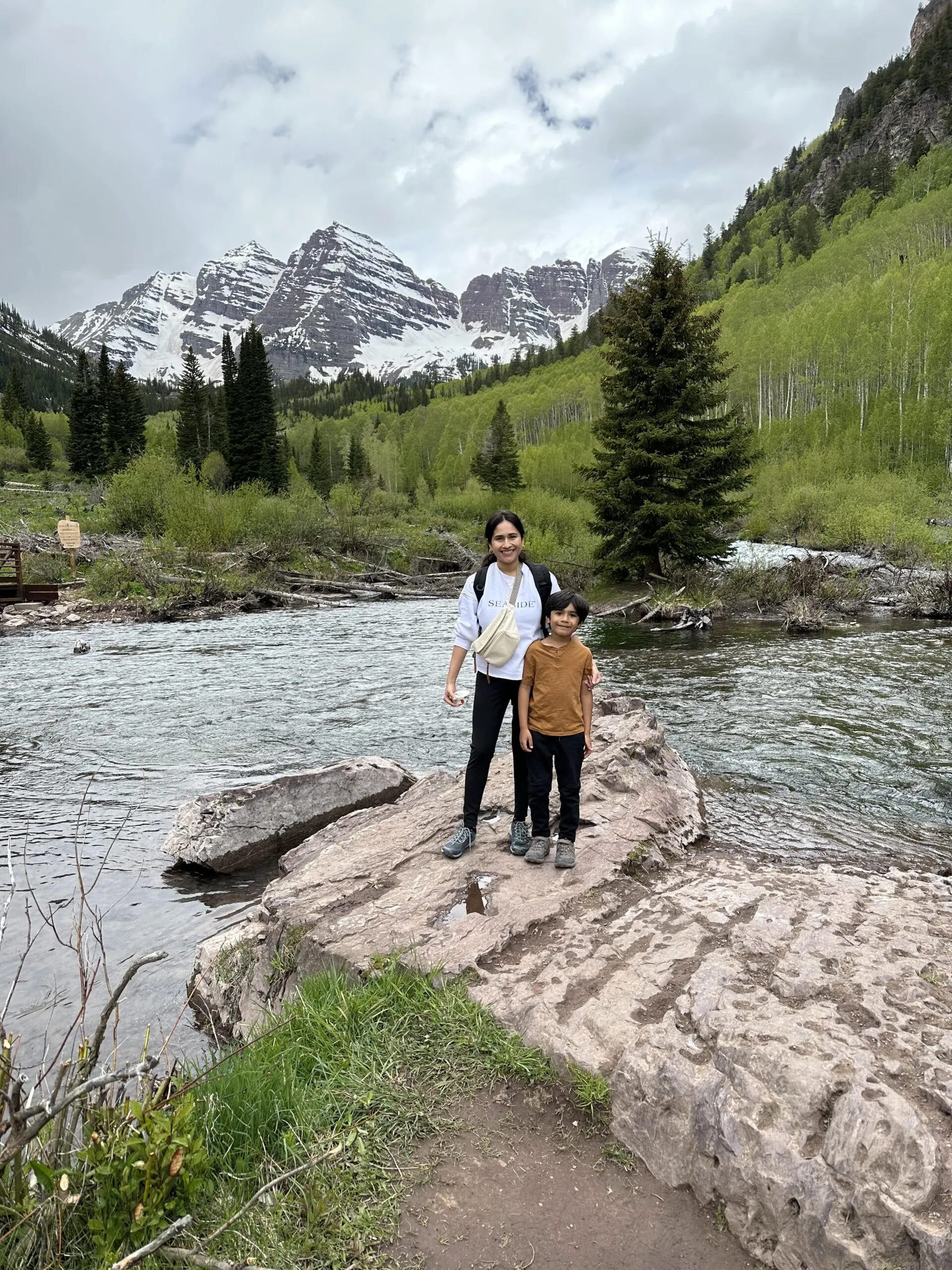Colorado calls to the adventurous soul with its majestic peaks, vibrant towns, and boundless natural beauty. It’s a destination that offers something for everyone, from thrilling outdoor sports to rich history and unique cultural experiences. As an expert in weaving together travel, culture, history, and cuisine, I can tell you that planning a trip to Colorado opens the door to an unforgettable journey where every turn in the road reveals a new wonder.
Whether you dream of conquering mountain trails, exploring charming historic towns, or simply soaking in the stunning vistas, a well-planned trip is key to unlocking the best this incredible state has to offer. Let this guide help you navigate the possibilities and create your perfect Colorado adventure. Understanding [what to see in colorado state](https://lifetodiscover.com/what-to-see-in-colorado-state/) is the first step to effective planning.
Choosing the Best Time for Your Colorado Trip
The timing of your visit significantly impacts the experience when planning a trip to Colorado. Each season paints the landscape in a different light and offers distinct activities.
- Summer (June-August): This is peak season for hiking, camping, and exploring high mountain areas as snow melts. Wildflowers bloom, and the weather is generally pleasant. However, expect larger crowds, higher prices, and the need for timed entry permits at popular spots like Rocky Mountain National Park (RMNP). Afternoon thunderstorms are common, so plan outdoor activities for the morning.
- Fall (September-October): A favorite for many, fall brings stunning aspen foliage, creating golden landscapes, particularly in late September. Hiking remains popular, and temperatures are cooler. This is considered part of the “shoulder season,” often meaning fewer crowds than summer, but some attractions might start to close by late October.
- Winter (November-April): Colorado is world-renowned for its skiing and snowboarding. Mountain towns come alive with festive atmospheres. If
[ski trip packages colorado](https://lifetodiscover.com/ski-trip-packages-colorado/)are your focus, this is the time. Be prepared for cold temperatures, significant snowfall, potential road closures on mountain passes, and higher prices in ski resort areas. - Spring (April-May): This is the other “shoulder season.” Snow still covers higher elevations, but lower areas begin to thaw. It can be a mixed bag weather-wise, offering sunny days alongside late snowstorms. It’s ideal for finding lower prices and fewer crowds, but many seasonal attractions and high mountain roads remain closed. Some enjoy spring skiing at resorts that stay open later.
When planning a trip to Colorado, consider your priorities – whether it’s hiking, skiing, fall colors, or budget-friendly travel – to pick the optimal time.
Getting To and Around Colorado
Denver International Airport (DIA) is the main gateway for most visitors flying into Colorado. From there, the state’s key attractions are often best accessed by road. For the freedom to explore scenic byways and remote trailheads, renting a car is highly recommended for anyone planning a trip to Colorado.
The I-70 corridor is a major artery connecting Denver to many mountain towns like Breckenridge, Vail, and beyond towards the Western Slope. This drive itself is incredibly scenic. Along the way, you’ll pass through dramatic landscapes like Glenwood Canyon, offering opportunities for rest stops with breathtaking views and short hikes. Consider stopping in towns like Breckenridge, known for its laid-back vibe and charming shops, or Vail, which offers an upscale mountain village experience. The drive is a significant part of the Colorado adventure.
Your Essential Guide to Planning a Trip to Colorado
Deciding where to stay is crucial when planning a trip to Colorado. The state offers diverse options, from bustling city centers to secluded mountain retreats.
- Denver: A great starting point, offering urban attractions, museums, breweries, and a gateway to the Rockies. It provides easy access to RMNP (about 1.5 hours away) and the I-70 corridor. Exploring
[what to eat in denver colorado](https://lifetodiscover.com/what-to-eat-in-denver-colorado/)is a must if you base yourself here. - Mountain Towns: Towns like Aspen, Vail, Breckenridge, and Estes Park (near RMNP) offer direct access to outdoor activities. Aspen and Vail are known for luxury, while others like Breckenridge offer a more relaxed atmosphere. Estes Park is ideal for exploring RMNP. These towns provide proximity to trails, ski slopes, and local culture. Consider the cost, especially during peak season; shoulder season offers significant savings on accommodation in these areas. Places like the W Aspen or Viceroy Snowmass offer high-end stays, while options like the Limelight Snowmass provide great value, especially off-peak.
Must-Have Experiences When Planning a Trip to Colorado
Colorado boasts an incredible array of experiences. Here are some highlights to consider including in your plans:
Iconic Mountain Landscapes: Maroon Bells
Near Aspen, the Maroon Bells are arguably one of the most photographed spots in Colorado. These two towering peaks, reflected in Maroon Lake, create a scene of unparalleled beauty. Planning a trip to Colorado should ideally include this sight. Access is managed to preserve the environment; during peak season (mid-June to early October), vehicle access is restricted during the day (8 am to 5 pm), requiring a shuttle reservation from Aspen Highlands. Early birds can book a vehicle permit for before 8 am or after 5 pm for sunrise/sunset views.
The Maroon Lake Scenic Loop Trail is an easy, accessible walk offering fantastic perspectives. For the more energetic, the hike to Crater Lake offers a moderately strenuous but rewarding experience.
Discover the Best Overnight Summer Camps in Texas
Your Ultimate Guide to Oktoberfest Los Angeles 2024
Discover the Best Things to See in Sarasota

Maroon Bells peaks reflecting in Maroon Lake
Scenic Drives and Mountain Passes
Driving is an experience in itself in Colorado. Beyond I-70, consider these spectacular routes:
- Independence Pass (Highway 82): This high mountain pass connects Aspen to Twin Lakes and Leadville, typically open late May/early June through October, weather permitting. The drive is breathtaking, with dramatic drop-offs and alpine scenery. Stops along the way like the Grottos (offering short hikes to ice caves/cascades), the Independence Ghost Town (a fascinating look at mining history), and the Continental Divide summit pull-off are highly recommended. Twin Lakes village at the base is also a picturesque stop. This drive is a highlight for anyone planning a trip to Colorado seeking stunning vistas off the main highway.
- Trail Ridge Road (RMNP): Known as “Highway to the Sky,” this road is the highest continuous paved road in North America, crossing the Continental Divide at over 12,000 feet. It offers alpine tundra views, wildlife spotting opportunities, and numerous pull-offs. It’s usually open from late May/early June to mid-October.
 Scenic mountain pass road with dramatic drops
Scenic mountain pass road with dramatic drops
Exploring Rocky Mountain National Park (RMNP)
A crown jewel for outdoor enthusiasts, RMNP requires dedicated time when planning a trip to Colorado. During peak season (late May to mid-October), RMNP uses a timed entry permit system, which must be booked in advance alongside the park entrance fee. An additional permit is often required for the Bear Lake Road corridor, which accesses some of the park’s most popular trailheads.
Within the Bear Lake Road area, easily accessible trails include the walk around Bear Lake itself, or slightly longer hikes to Nymph Lake, Dream Lake, and the beautiful Emerald Lake. Alberta Falls, accessible from the Glacier Gorge trailhead, is another popular and family-friendly option. More challenging hikes like Lake Haiyaha offer stunning views and opportunities for scrambling on boulders in Chaos Creek. Estes Park, a town bordering the park, makes a great base, offering accommodation, dining, and shops. It’s also home to the historic Stanley Hotel, which famously inspired Stephen King’s The Shining.
 Mountain peaks in Rocky Mountain National Park
Mountain peaks in Rocky Mountain National Park
Delving into History and Culture
Colorado’s history goes beyond its natural wonders. The state has a rich mining past, evident in ghost towns like the one near Independence Pass. Understanding this history adds depth to the scenic beauty. Towns often have local museums or historical sites detailing their origins. The cultural scene in cities like Denver and Boulder includes art galleries, music venues, and theaters. Local events and festivals, which you can find details about in listings for [events in colorado](https://lifetodiscover.com/events-in-colorado/), provide insight into contemporary Colorado life and traditions.
Savoring Local Flavors
Colorado’s culinary scene is thriving, influenced by its Western heritage and growing focus on local produce and craft beverages. While places like Aspen can be pricey, you can find gems like Big Wrap for affordable, tasty meals. Mountain towns offer everything from casual pubs to fine dining. Denver, in particular, has a diverse and exciting food scene, from farm-to-table restaurants to innovative food trucks and numerous craft breweries. Exploring [what to eat in denver colorado](https://lifetodiscover.com/what-to-eat-in-denver-colorado/) offers a taste of the state’s evolving gastronomic landscape.
Planning Logistics and Practical Tips
Effective logistics are crucial for a smooth trip. Here are some key tips when planning a trip to Colorado:
- Book in Advance: Especially during peak seasons (summer and winter), book flights, accommodation, rental cars, and popular park entry permits (like RMNP’s timed entry) as far ahead as possible. For those seeking maximum convenience, looking into
[all inclusive colorado trip](https://lifetodiscover.com/all-inclusive-colorado-trip/)options might simplify booking multiple components. - Altitude Awareness: Many popular Colorado destinations are at high elevation (Denver is already at 5,280 ft, mountain towns are much higher). Be aware of the risks of altitude sickness. Stay hydrated, avoid strenuous activity on your first day, and limit alcohol.
- Pack Layers: Mountain weather can change rapidly. Dressing in layers allows you to adjust to varying temperatures throughout the day.
- Check Road Conditions: Mountain passes and high-elevation roads can close due to snow, even outside of winter. Always check conditions before driving, especially in spring and fall.
- Stay Hydrated and Use Sunscreen: The high altitude means stronger sun and drier air. Drink plenty of water and apply sunscreen regularly.
 Reflections in a lake at sunset in Colorado
Reflections in a lake at sunset in Colorado
Conclusion
Planning a trip to Colorado is an exciting endeavor filled with possibilities. From the iconic beauty of the Maroon Bells and the rugged trails of RMNP to the historic charm of ghost towns and the vibrant energy of its cities and mountain villages, Colorado offers a wealth of experiences for every traveler. By considering the best time to visit, understanding transportation, choosing strategic base camps, and incorporating a mix of natural wonders, historical insights, and local flavors, you can craft a journey that is both adventurous and enriching. Use this guide as a starting point, tailor it to your interests, and get ready to discover the magic of the Centennial State.
